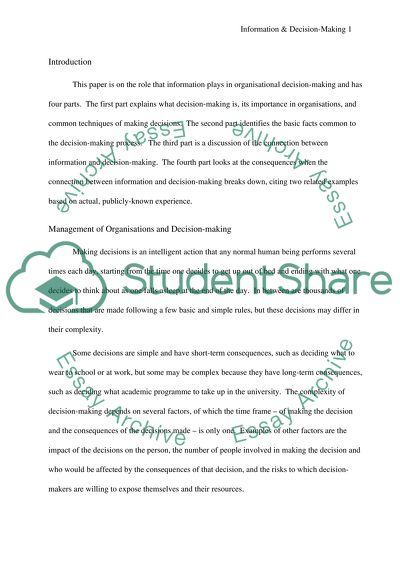Cite this document
(“Information for decision making Essay Example | Topics and Well Written Essays - 2500 words”, n.d.)
Retrieved from https://studentshare.org/miscellaneous/1543460-information-for-decision-making
Retrieved from https://studentshare.org/miscellaneous/1543460-information-for-decision-making
(Information for Decision Making Essay Example | Topics and Well Written Essays - 2500 Words)
https://studentshare.org/miscellaneous/1543460-information-for-decision-making.
https://studentshare.org/miscellaneous/1543460-information-for-decision-making.
“Information for Decision Making Essay Example | Topics and Well Written Essays - 2500 Words”, n.d. https://studentshare.org/miscellaneous/1543460-information-for-decision-making.


